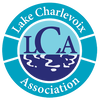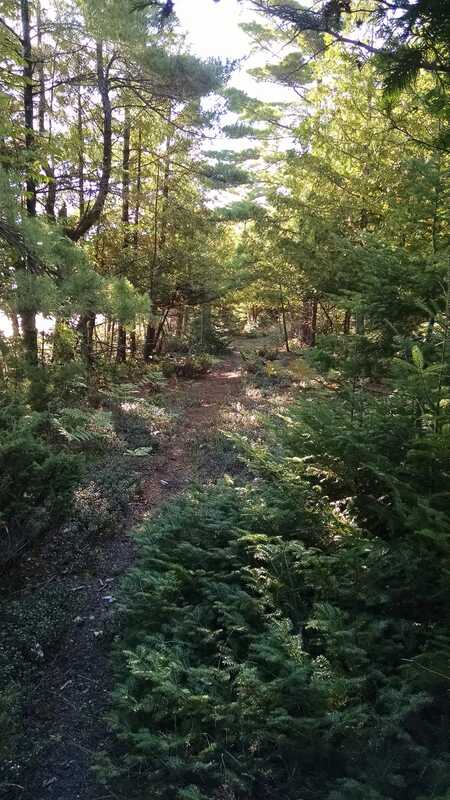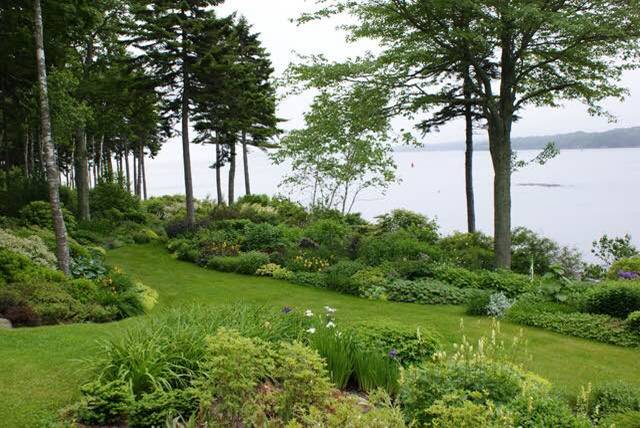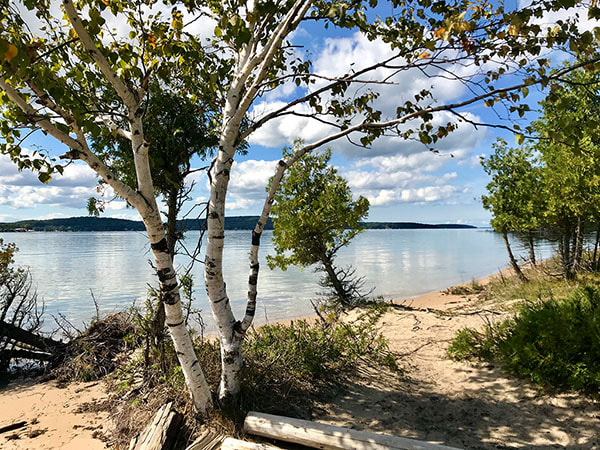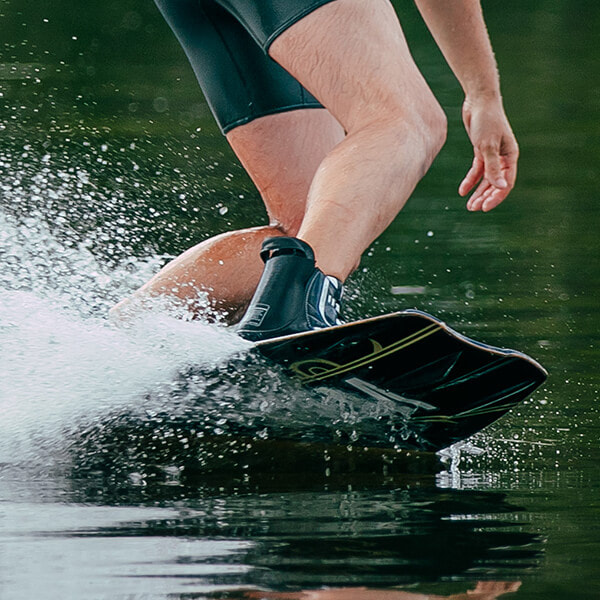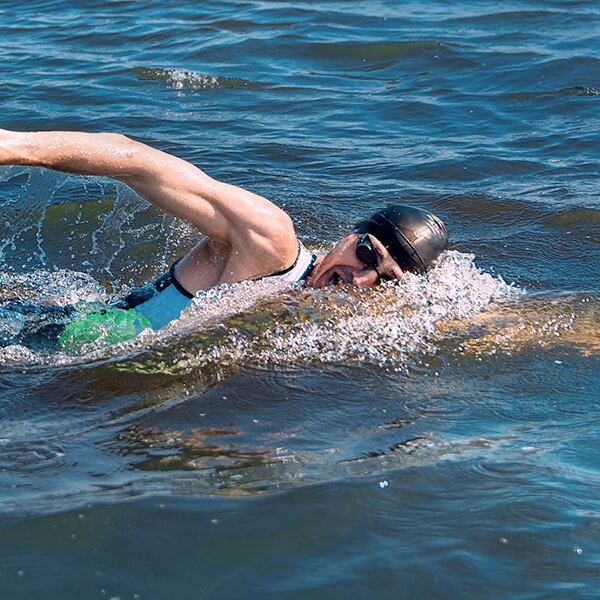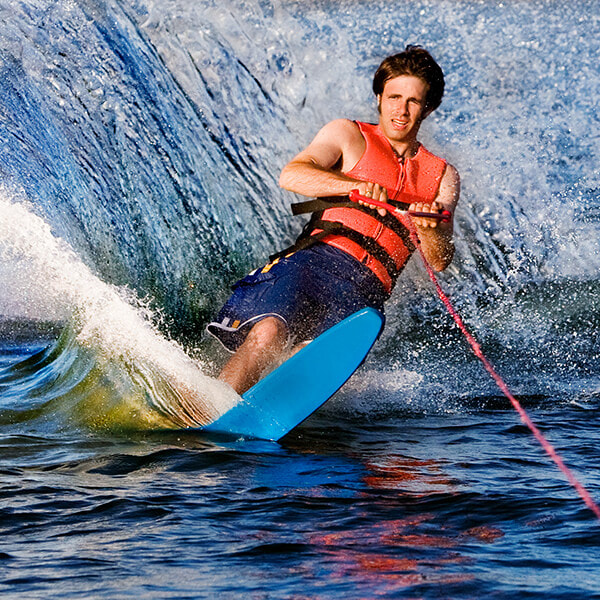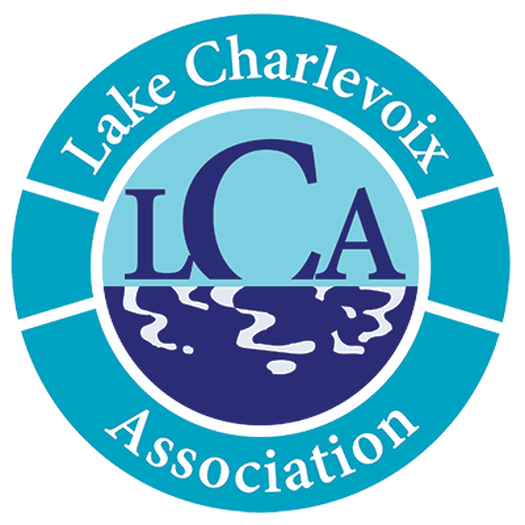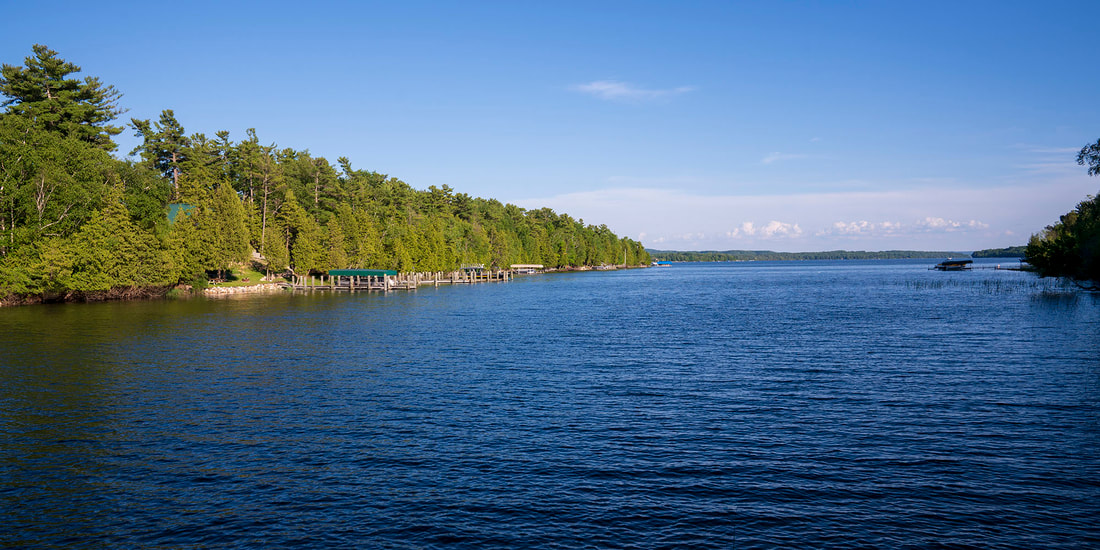Improving your Greenbelt
Do You Have the Right Green in Your Greenbelt?
Walk down to your shoreline. Stand at water’s edge and look back toward your cottage. Focus on the first 50 feet from the high water line and ask yourself “Does this look like a natural lakescape or something from suburbia?” This narrow strip of land is your “greenbelt” and is nature’s way of protecting our shoreline from erosion, harmful runoff, and invasive plant species. When property owners strip away the natural vegetation and replace it with turf grass (lawn grass), decking, concrete patios, exotic non-native plants, and sea walls, this leads to runoff of chemicals, pollutants, and eroded soils degrading the shoreline and harming the quality of our lake. If you start to think of your own shoreline as part of a larger ecosystem, you will see that a few simple ideas can greatly improve the natural beauty of your property and contribute to a healthier lake for all of us. Technically, a greenbelt is a “buffer of native vegetation between the water’s edge and your lawn.” When you use native vegetation in the greenbelt, your plants will require less care on your part, add to the natural beauty of your property, and protect the quality of the lake water. These plants can be grasses, flowers, shrubs, and trees that are indigenous to our area. When you make use of native plants in your greenbelt, you provide food and habitat for wildlife, help maintain biodiversity, and reduce the need for yard maintenance and pesticides.
Helpful websites include:
Walk down to your shoreline. Stand at water’s edge and look back toward your cottage. Focus on the first 50 feet from the high water line and ask yourself “Does this look like a natural lakescape or something from suburbia?” This narrow strip of land is your “greenbelt” and is nature’s way of protecting our shoreline from erosion, harmful runoff, and invasive plant species. When property owners strip away the natural vegetation and replace it with turf grass (lawn grass), decking, concrete patios, exotic non-native plants, and sea walls, this leads to runoff of chemicals, pollutants, and eroded soils degrading the shoreline and harming the quality of our lake. If you start to think of your own shoreline as part of a larger ecosystem, you will see that a few simple ideas can greatly improve the natural beauty of your property and contribute to a healthier lake for all of us. Technically, a greenbelt is a “buffer of native vegetation between the water’s edge and your lawn.” When you use native vegetation in the greenbelt, your plants will require less care on your part, add to the natural beauty of your property, and protect the quality of the lake water. These plants can be grasses, flowers, shrubs, and trees that are indigenous to our area. When you make use of native plants in your greenbelt, you provide food and habitat for wildlife, help maintain biodiversity, and reduce the need for yard maintenance and pesticides.
Helpful websites include:
|
In Praise of Natural Shorelines
Shoreline erosion is an ongoing issue for every property owner on our lake. Wind and wave action can dramatically change the look of your shoreline in a short period of time. A cruise around the lake will reveal a number of different approaches to dealing with shoreline erosion but they all fall into two basic categories, hard and soft. Seawalls are the traditional hard approach. They are made of concrete, steel pilings, or wood and rock barriers. The very “hardness” of a seawall makes it a seemingly attractive choice because it is stable and has a sense of permanence. However, that very hardness of a seawall means that waves crashing against it are not absorbed and all of that energy is bounced back into the water. When the energy is reflected away from the shore, it scoops out soil and sand causing erosion and eventually destabilizing the shoreline. The “soft” approach to stopping shoreline erosion focuses on creating a natural shoreline based on native plant species. There are many benefits to using native plants along your beach. Plants that are well adapted to our local climate and soil conditions usually require less maintenance, have deeper root systems, and support the birds and animals native to our area. Plants along the waterline create food and shade for waterfowl, capture unwanted nutrients from surface runoff, and absorb wave energy from the lake. Healthy shoreline makes for a healthy lake. Natural shoreline vegetation supports songbirds, small animals, and our native wildlife. Planting natural shoreline vegetation is an easy, affordable and attractive way to keep our lake healthy and beautiful for generations to come. |
Take your survey today
Go to www.mishorelandstewards.org and click on “Rate Your Shoreland” in the upper right hand area of the home page. When you start the survey you must list your lake as Lake Charlevoix to help LCA win the contest.
Anyone who takes the survey and gets a gold rating will automatically be awarded Lake Guardian Status. Those rated as Silver can also qualify, usually by answering a few qualifying questions.
Anyone who takes the survey and gets a gold rating will automatically be awarded Lake Guardian Status. Those rated as Silver can also qualify, usually by answering a few qualifying questions.
Support Us!
|
